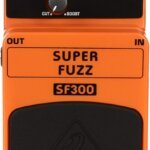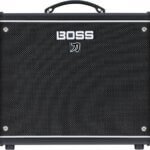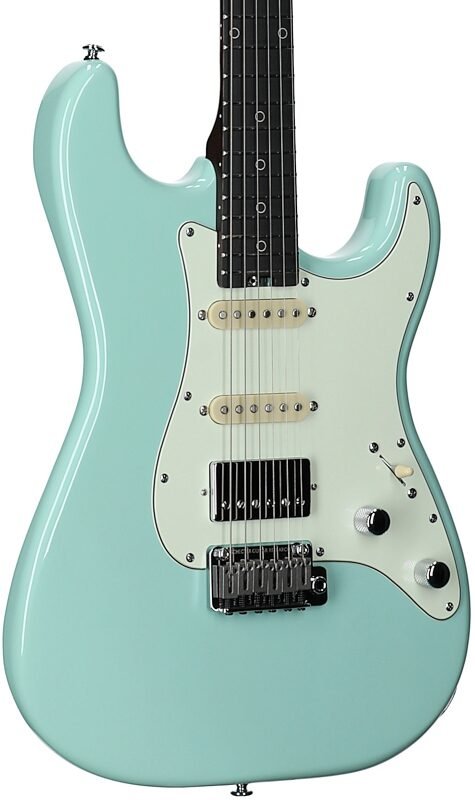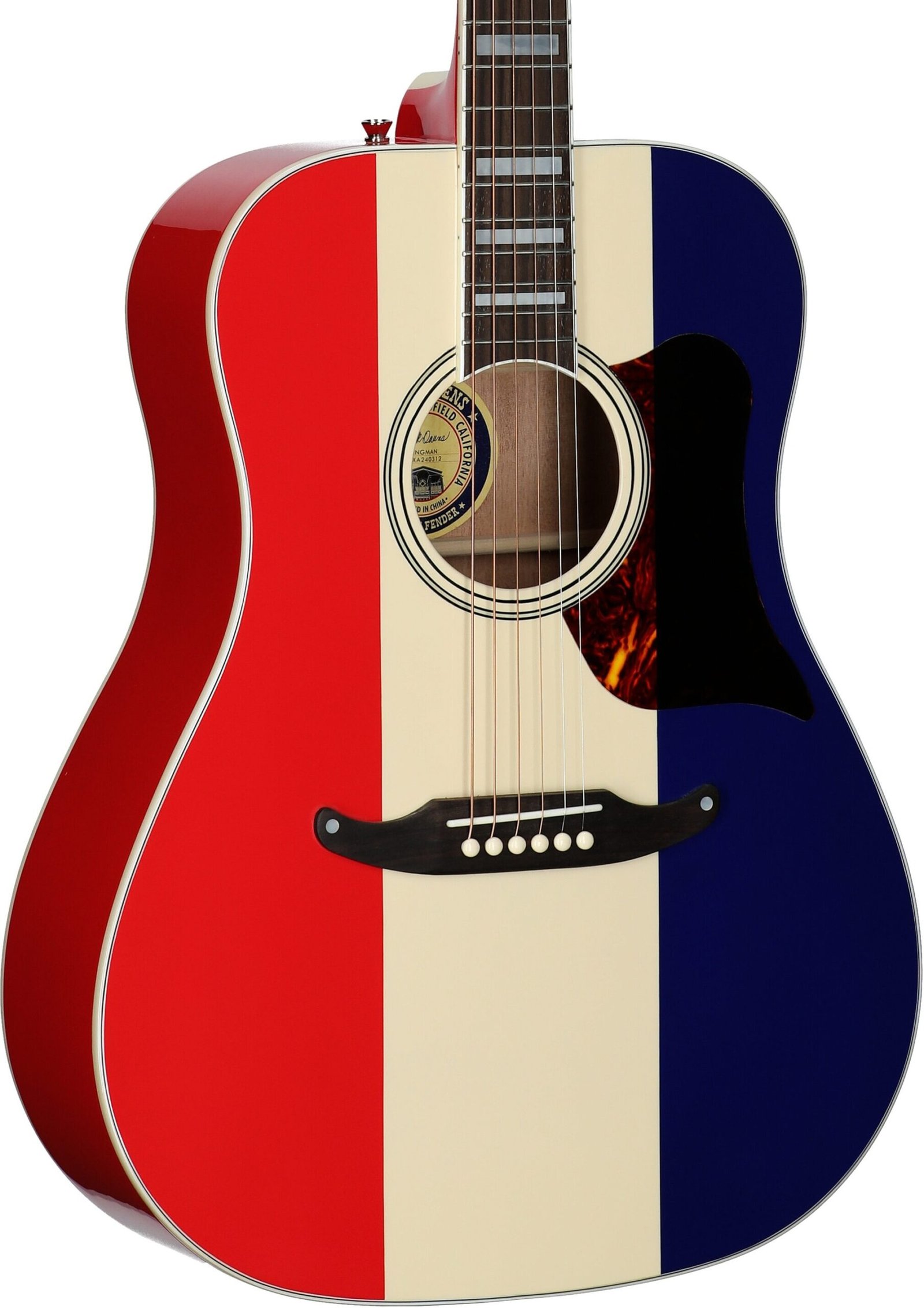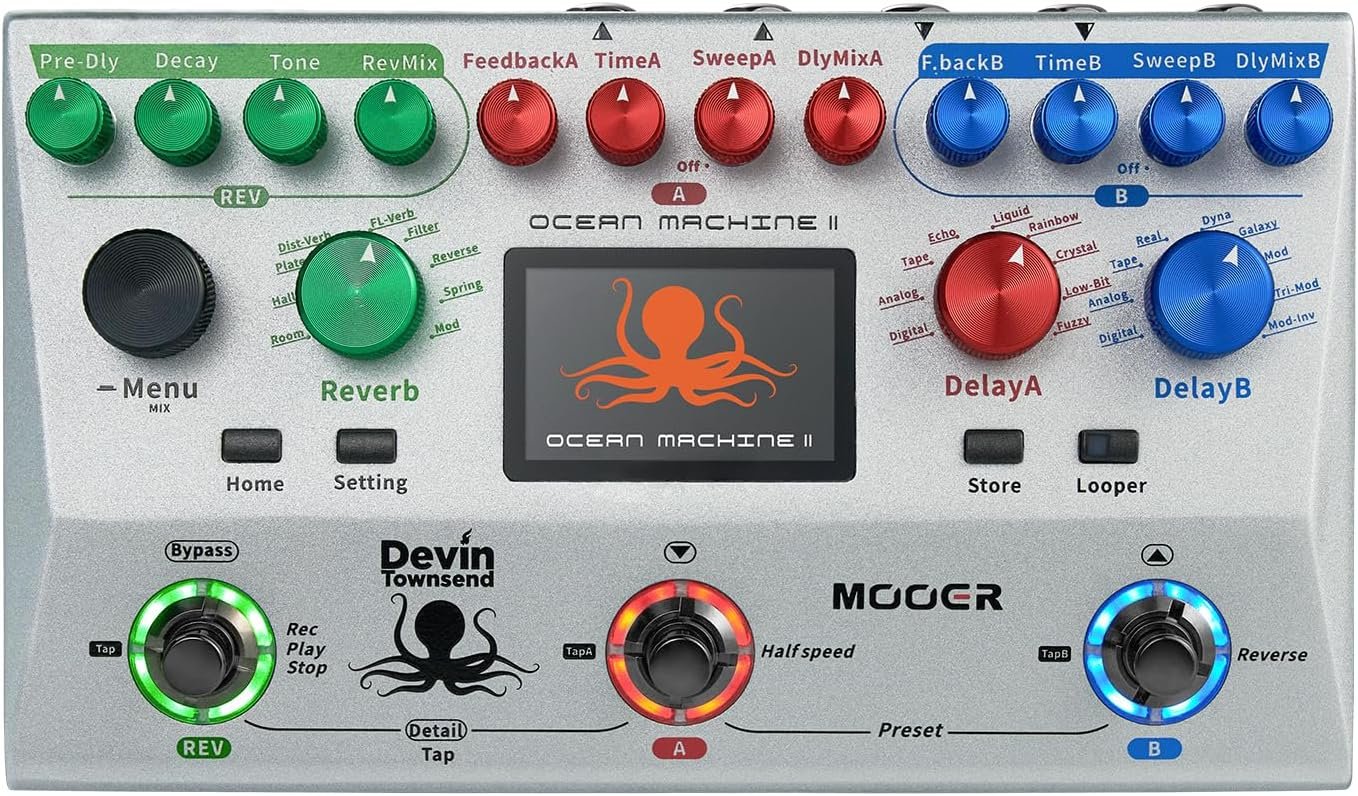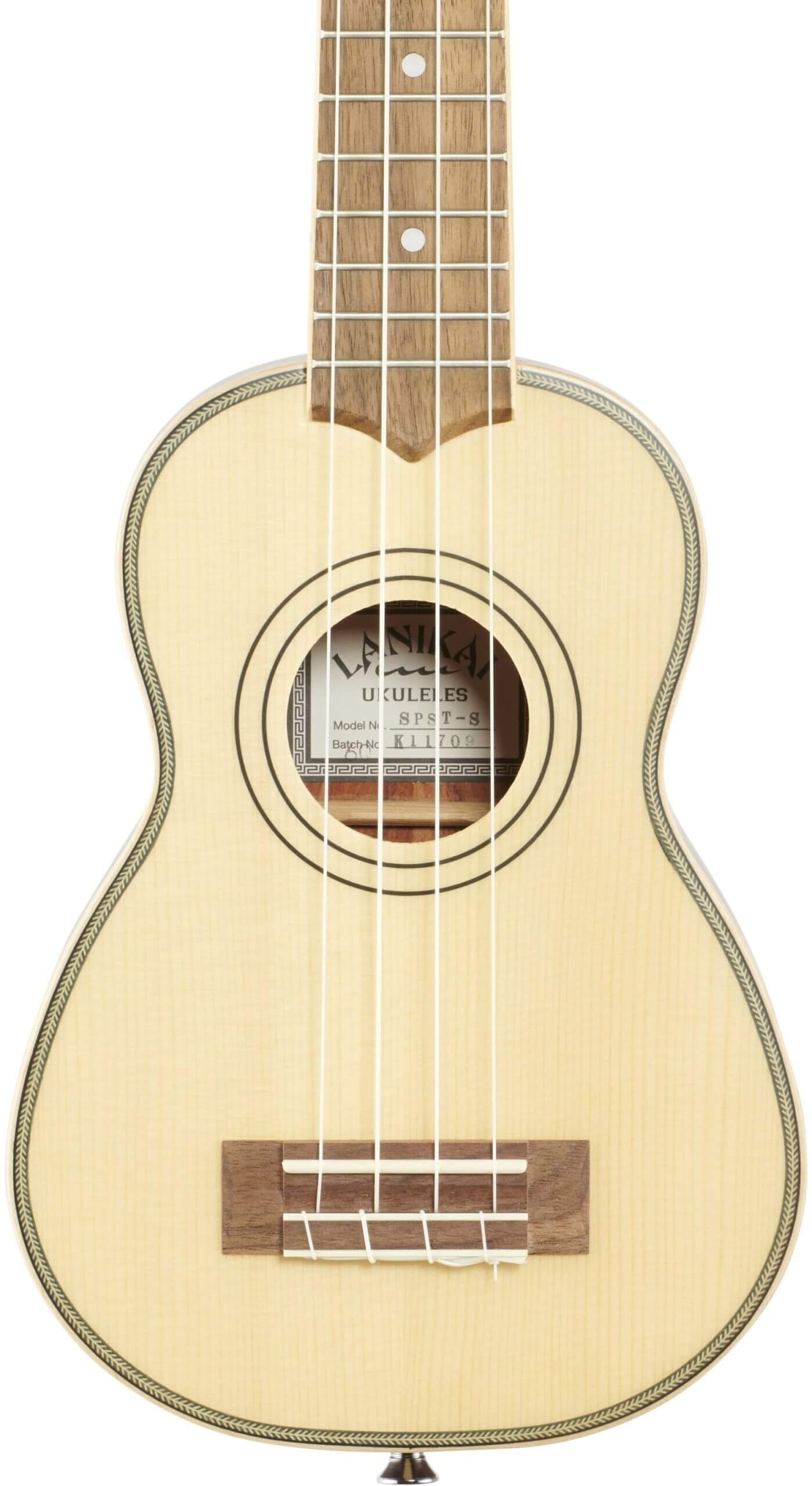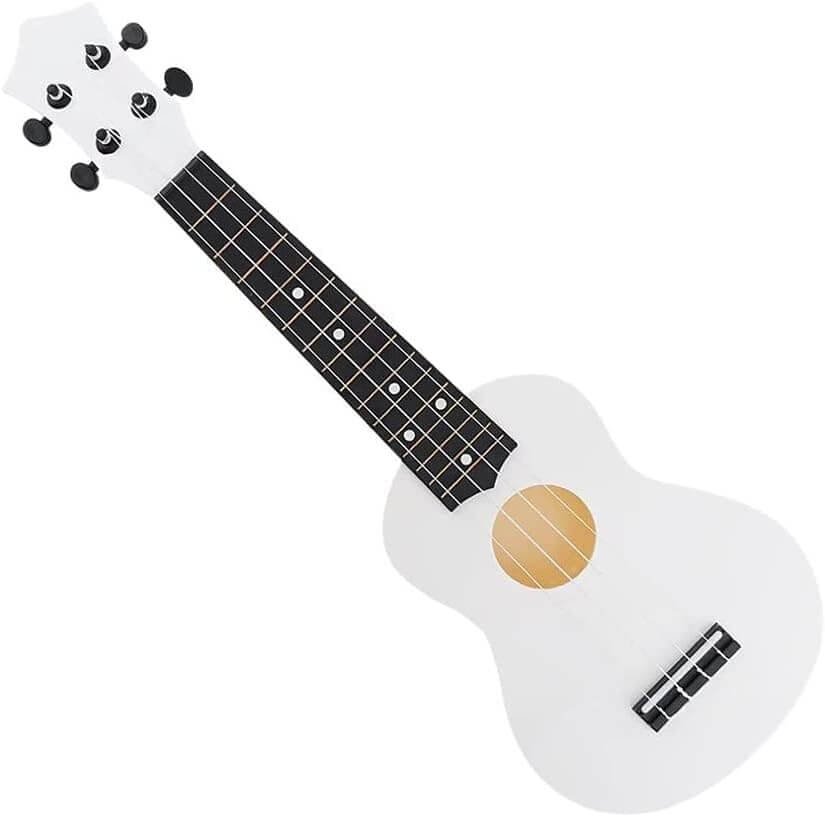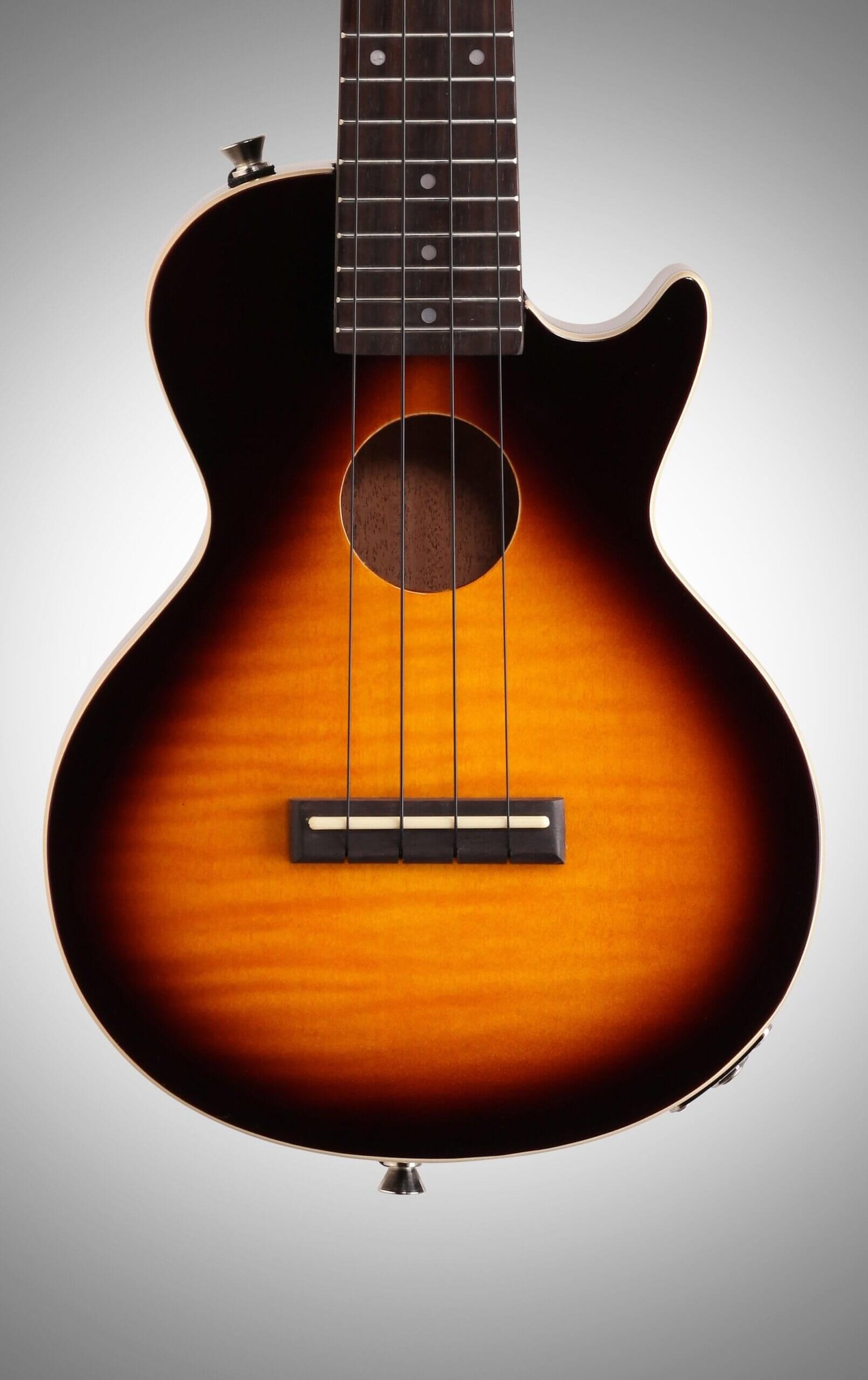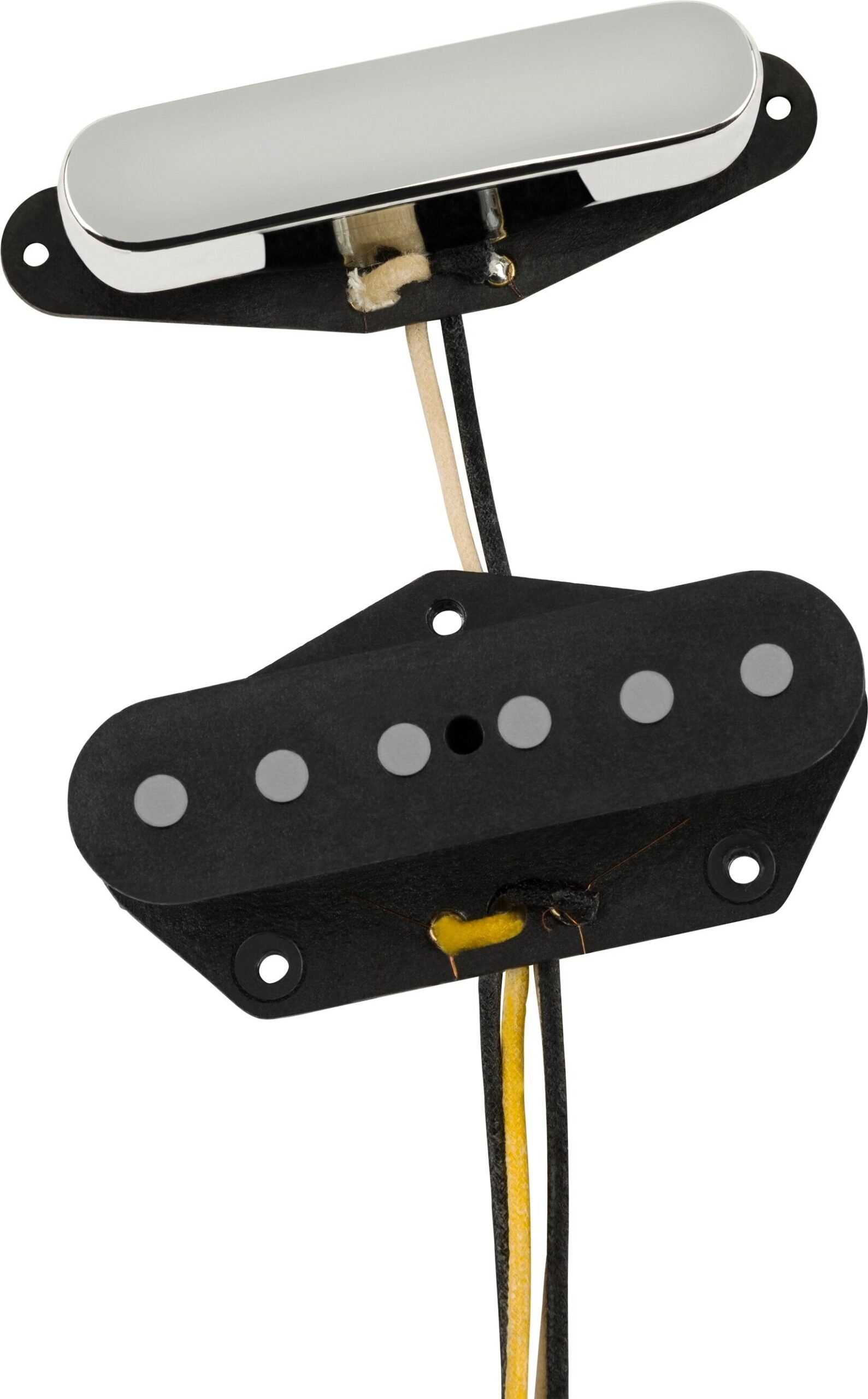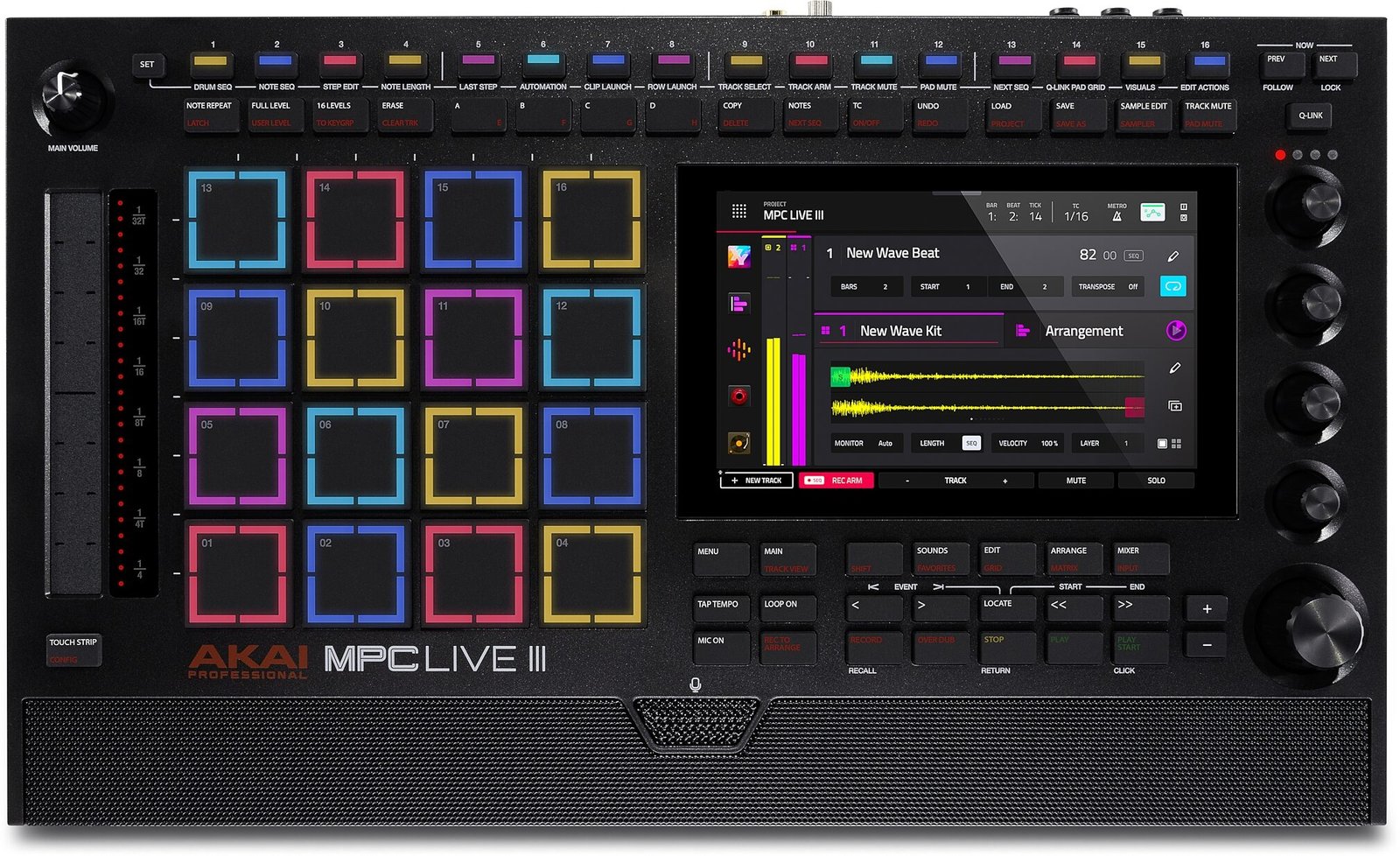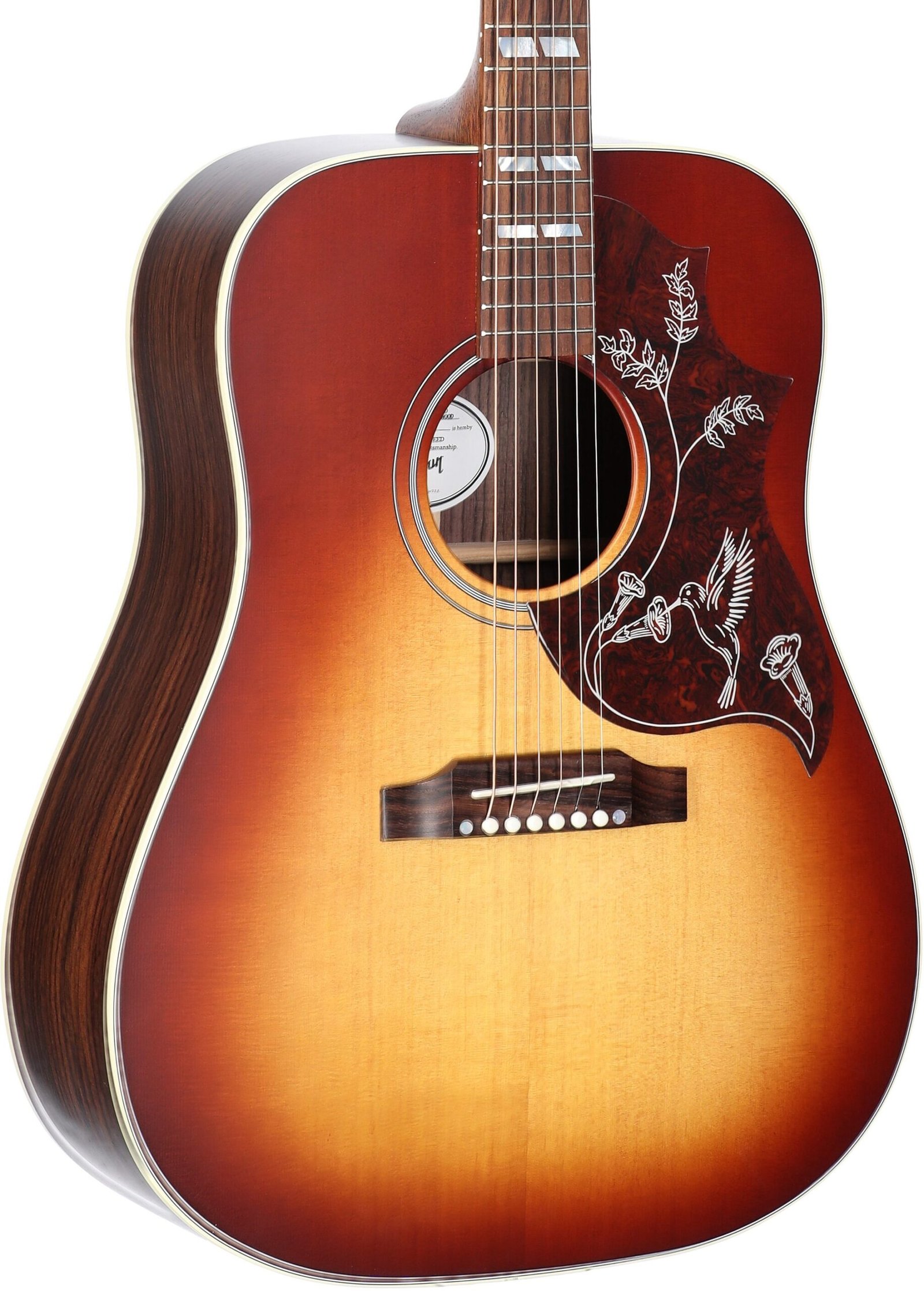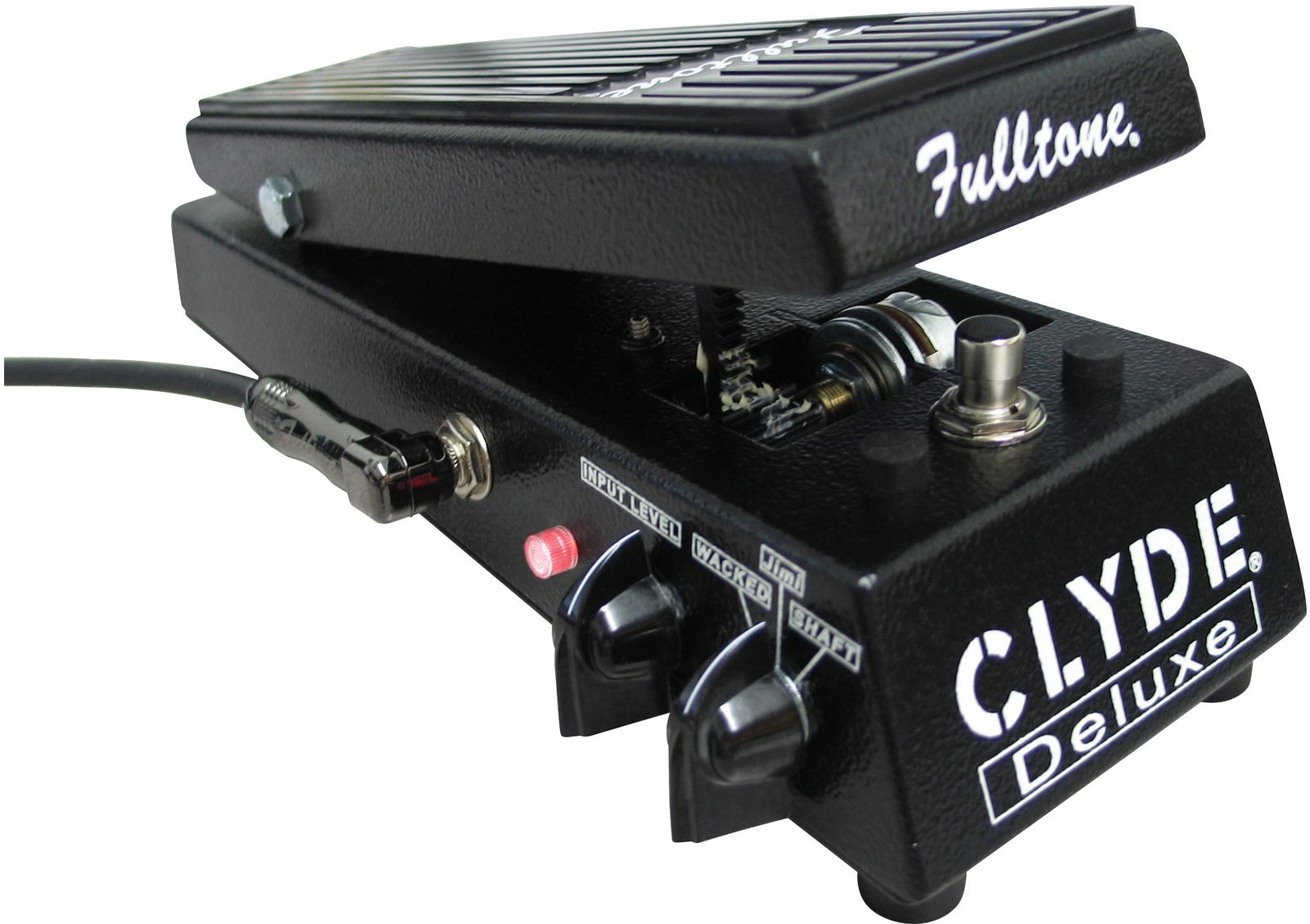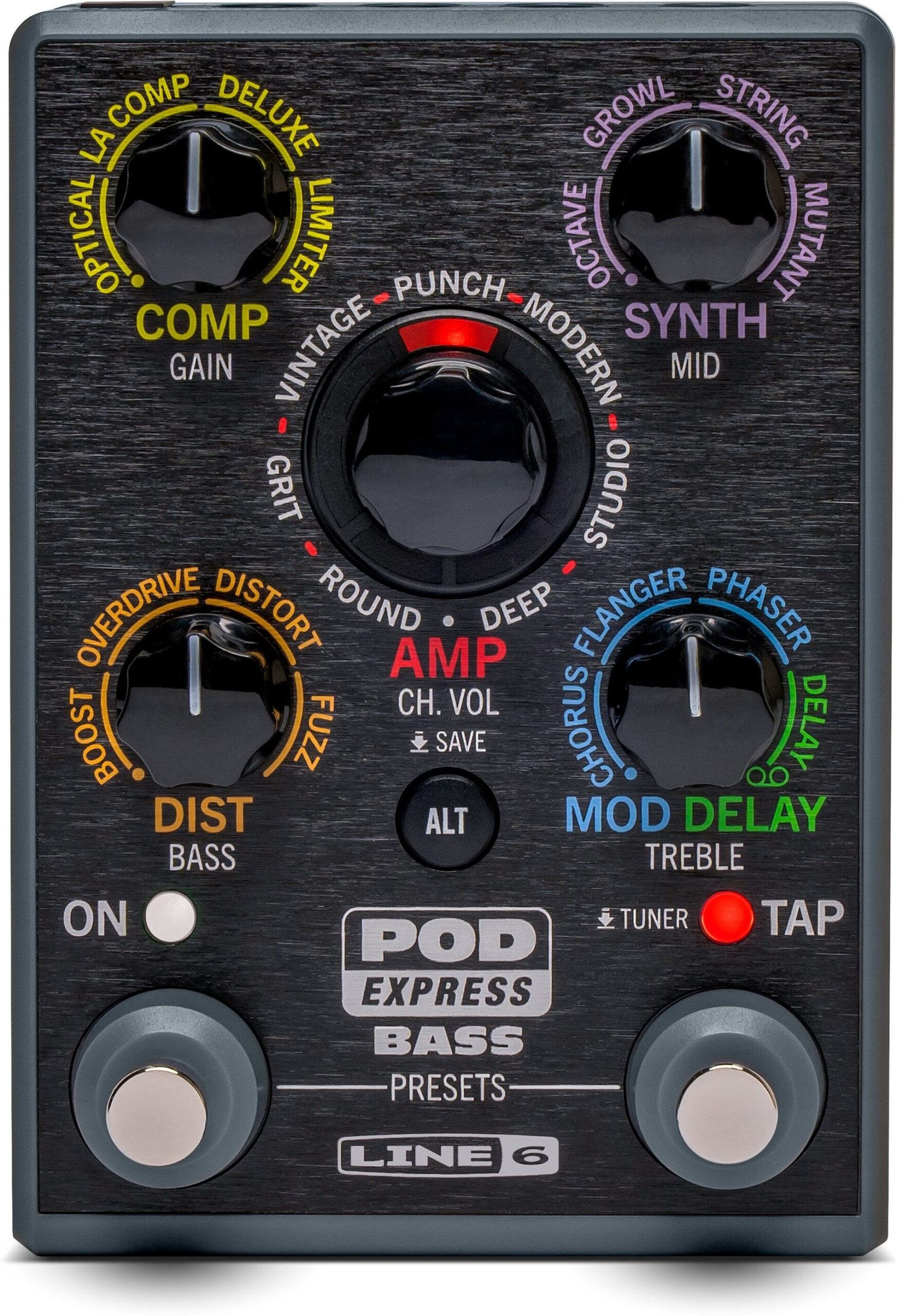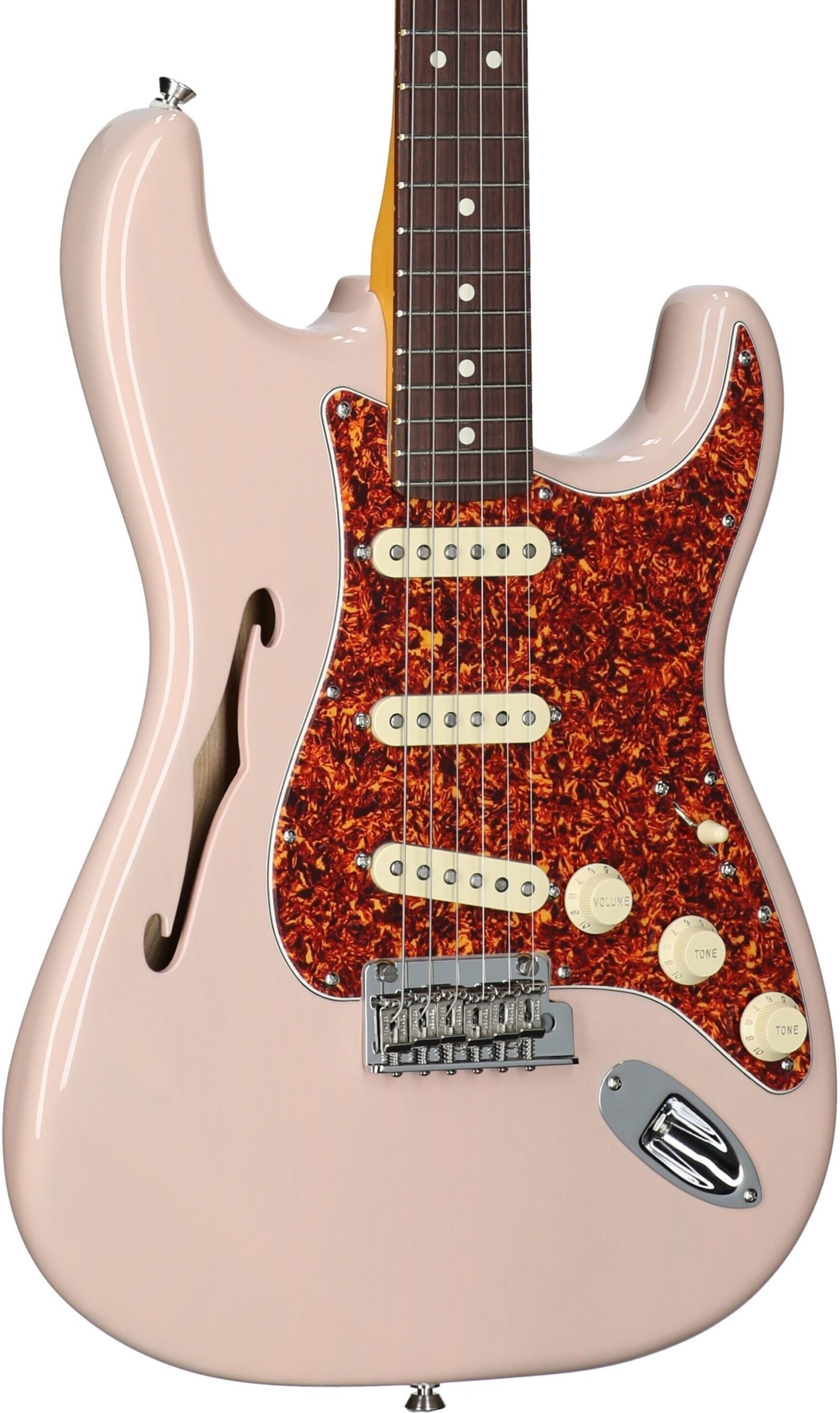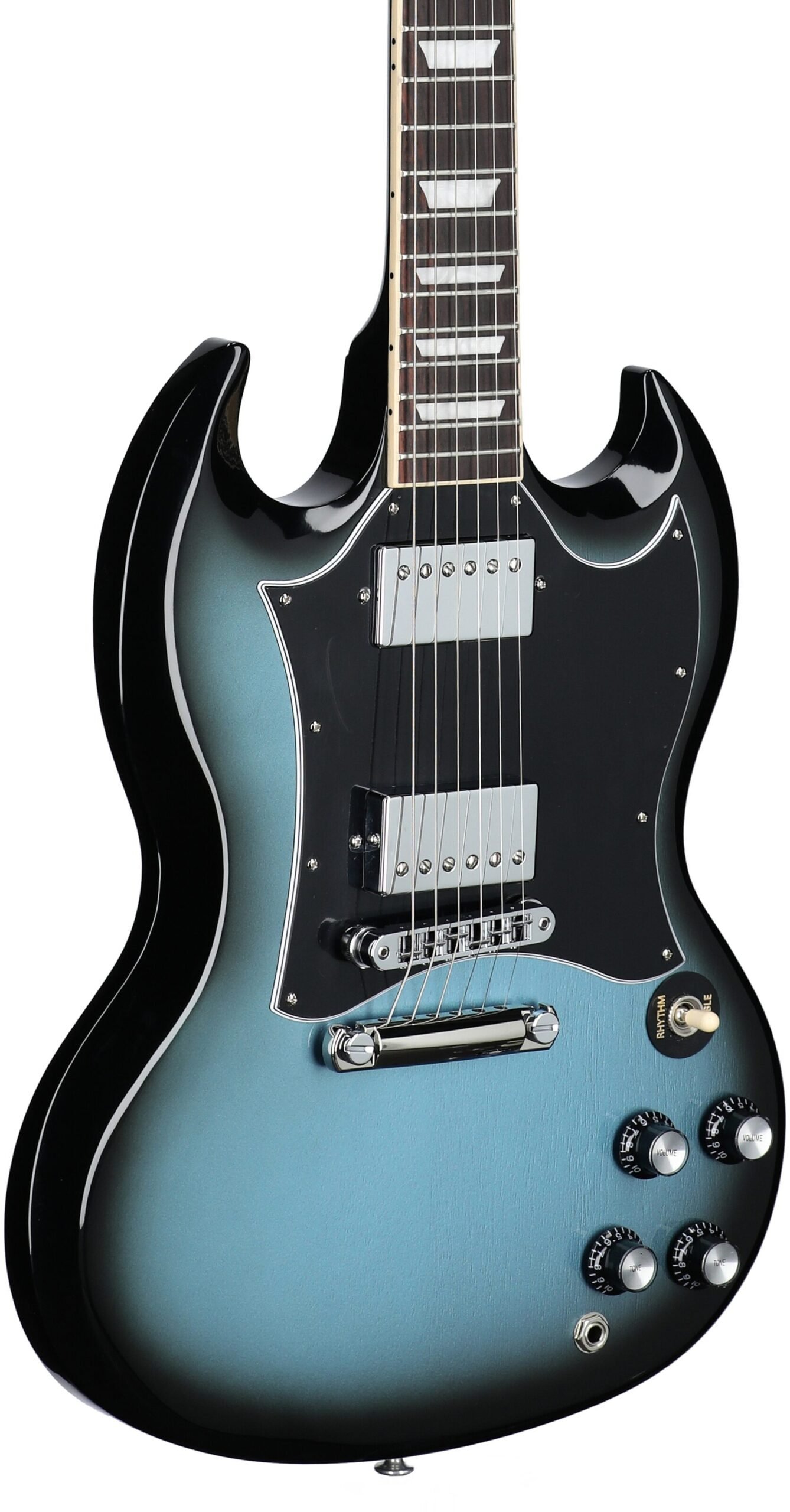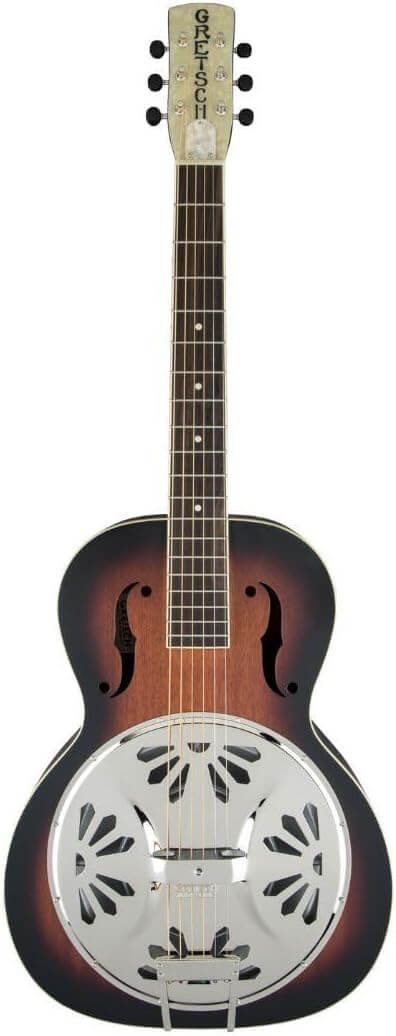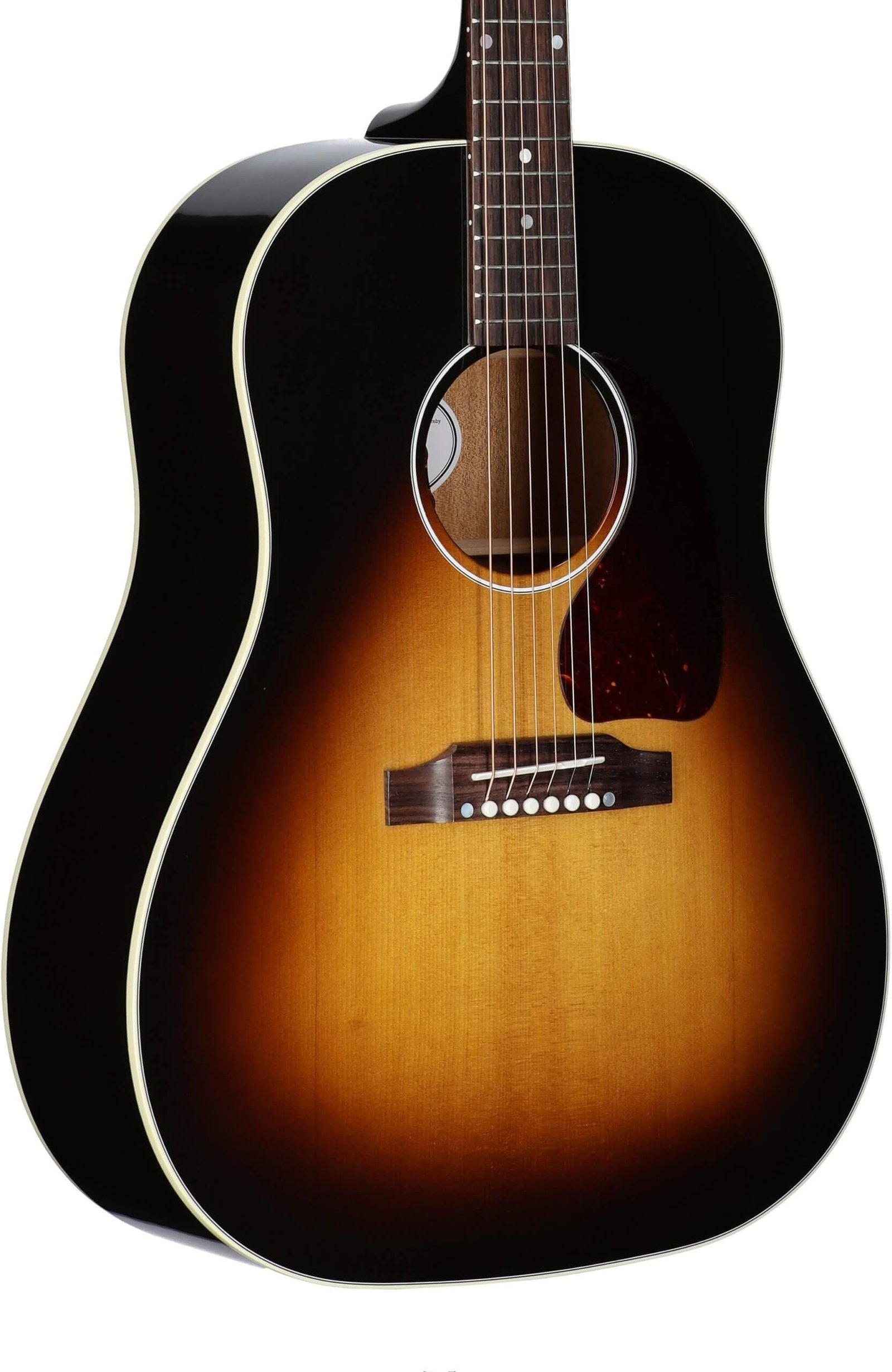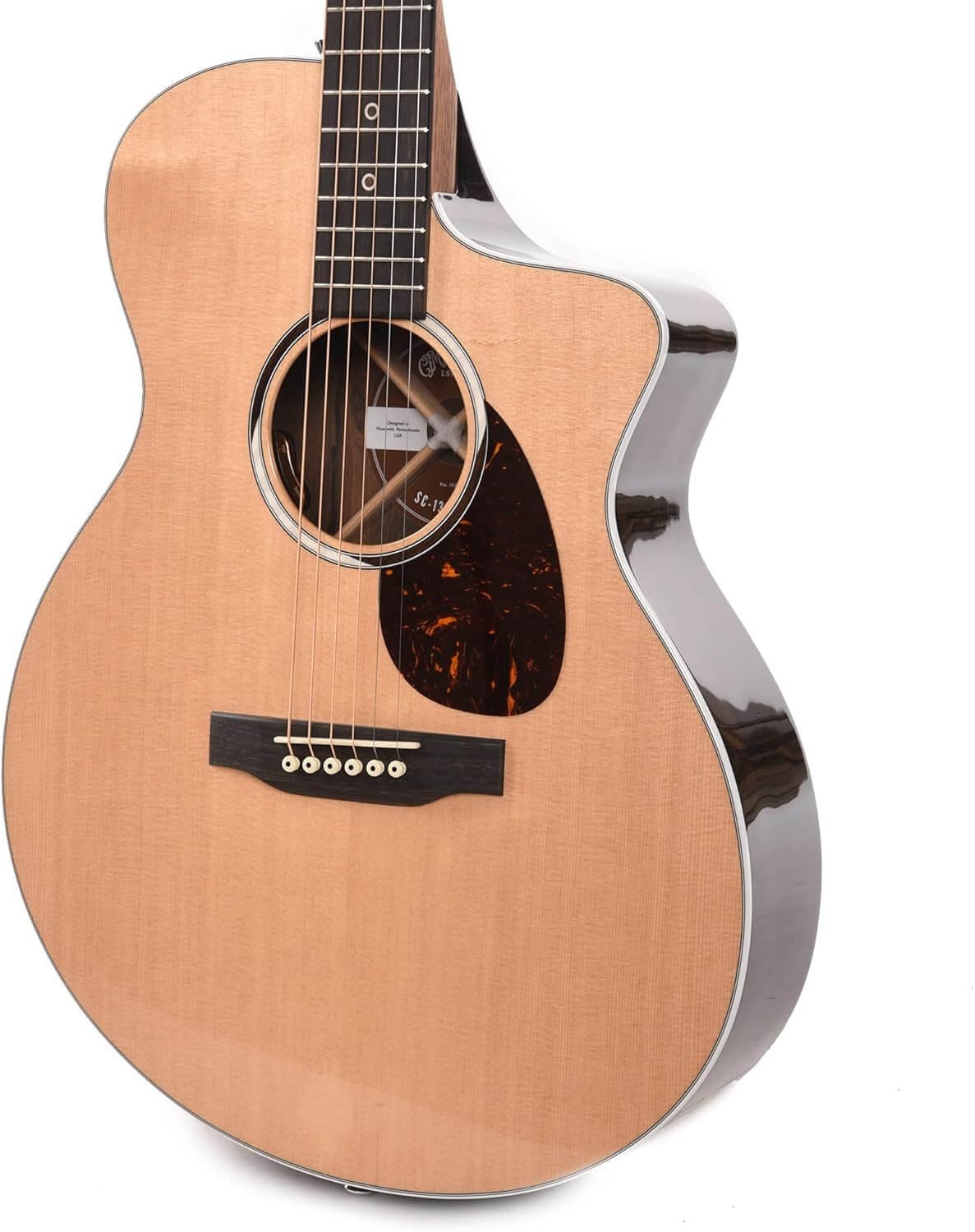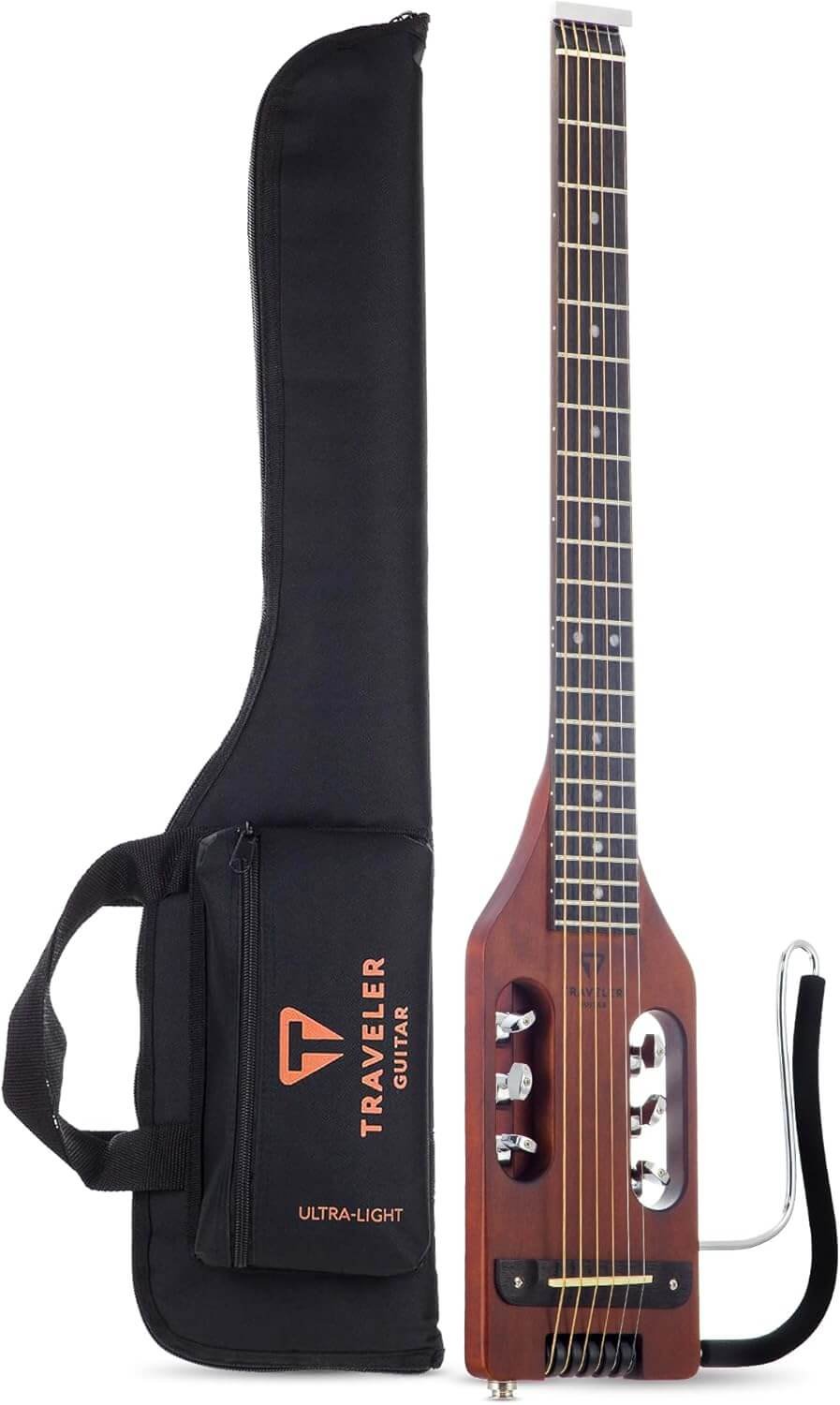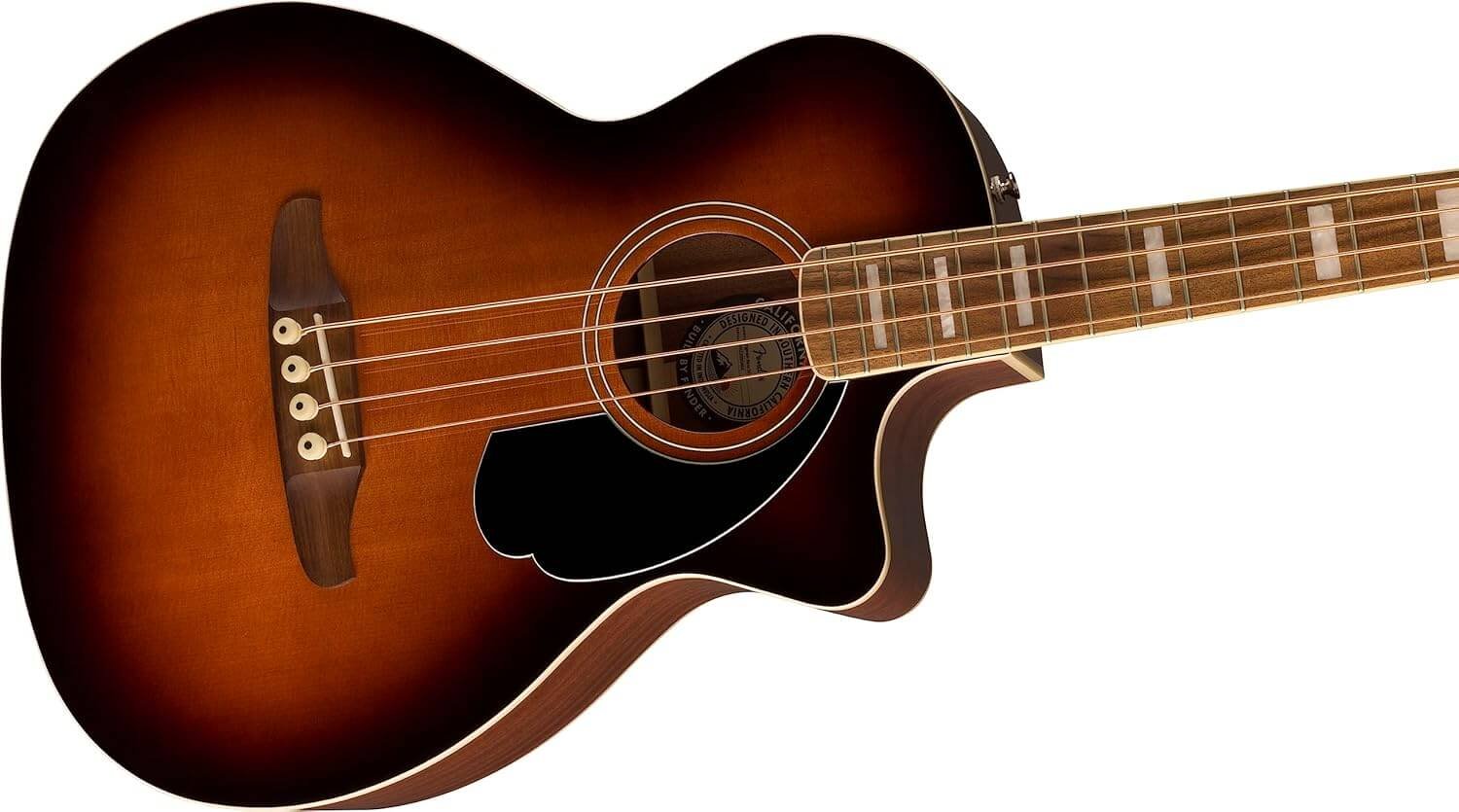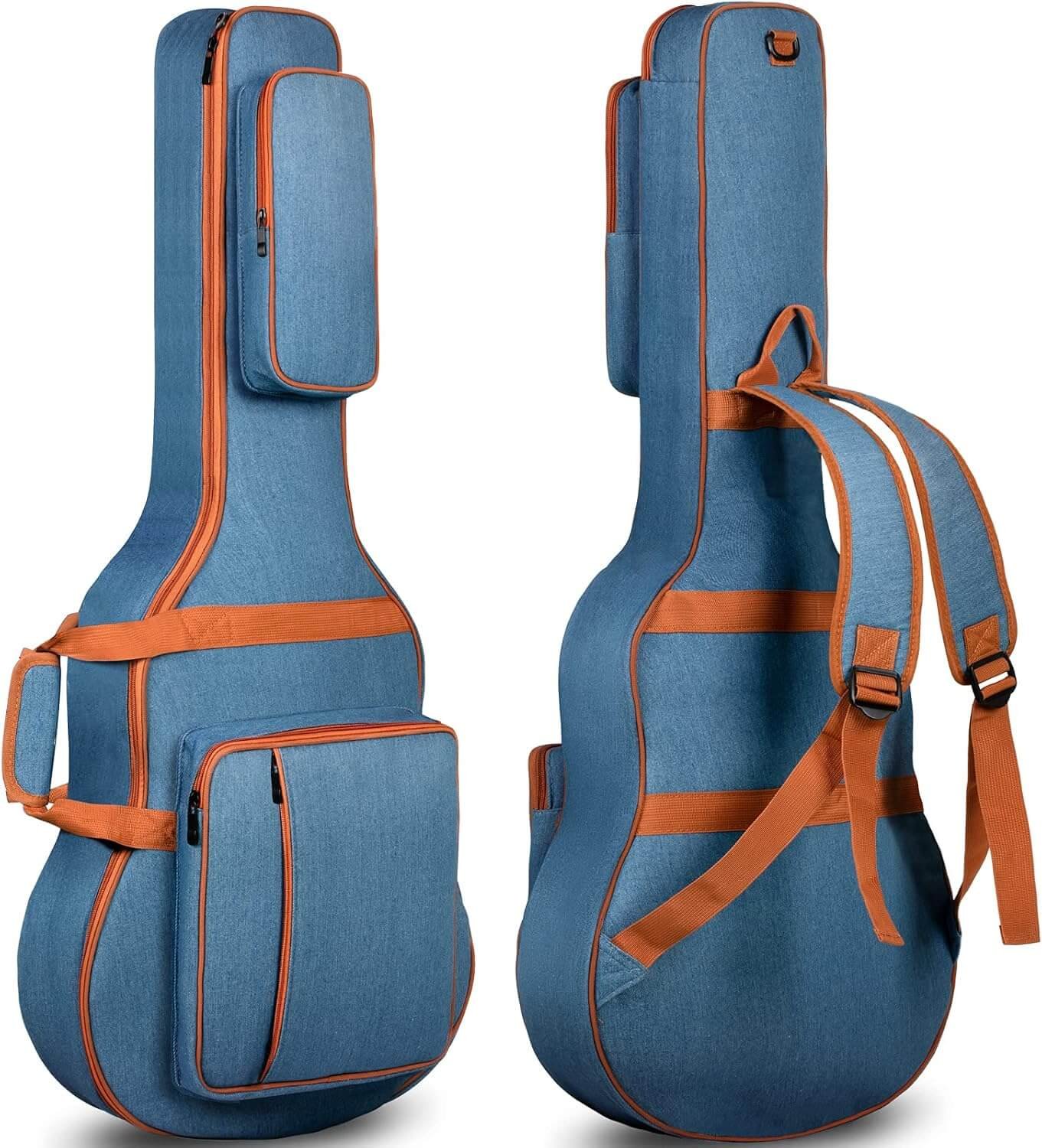Introduction
The world of music has been greatly influenced by the extraordinary talents of guitarists, whose artistry has shaped genres and redefined the boundaries of creative expression. Guitarists not only serve as skilled instrumentalists but also as iconic figures in the industry, often becoming the face of their respective bands and solo endeavors. Throughout history, certain individuals have emerged as exemplary performers, earning recognition for their exceptional playing abilities, innovative techniques, and contributions to musical evolution. Identifying the top 5 guitarists of all time involves careful consideration of their technical prowess, originality, and influence on both peers and aspiring musicians.
When compiling this list, it is crucial to evaluate each guitarist’s impact on the music scene, their style, and how their choice of musical equipment has contributed to their signature sounds. Many of these guitarists are known for their distinct sounds, which have been aided by specific gear and modifications. Whether through the use of unique guitar types, specialized amplifiers, or customized effects, these elements play an essential role in developing their musical identities.
As we delve into the lives and careers of these celebrated guitarists, we will explore not only their remarkable skills and achievements but also the equipment that has shaped their sound. This analysis will include insights into their gear choices, modifications, and how these elements combine to create the sonic landscapes that fans have come to love. Through this lens, we aim to celebrate the top 5 guitarists of all time, recognizing both their artistry and the tools that help bring their musical visions to life.
Jimi Hendrix
Jimi Hendrix is widely regarded as one of the top 5 guitarists of all time, and for good reason. His innovative approach to guitar playing redefined the possibilities of the instrument, leaving a profound influence on the landscape of rock music. Hendrix’s signature style combined elements of blues, rock, and psychedelic music, making his sound instantly recognizable and highly influential. He achieved this distinctive tone by often employing a Fender Stratocaster, a guitar that has become synonymous with his name.
The Fender Stratocaster, which he famously used, is noted for its contoured body and versatile sound, enabling Hendrix to explore a wide array of musical textures. His iconic performances featured the unique ability to seamlessly blend rhythm and lead playing. In pursuit of his desired tonal quality, Hendrix preferred amplifiers such as the Marshall stacks, known for their powerful, warm sound that can accommodate the expressive nuances of his playing style. Additionally, he utilized various effects pedals, including wah-wah and fuzz, which further contributed to his groundbreaking sound.
Hendrix was not afraid to modify his gear for enhanced performance. He often customized his setup, including adjustments to pickup configurations and utilizing unconventional techniques, like playing the guitar behind his back or with his teeth. These improvisations became a hallmark of his live performances, showcasing the dynamic range of the Stratocaster and securing his status among the elite guitarists. Hendrix’s legacy continues to resonate, not only influencing countless musicians but also shaping the evolution of rock and guitar playing as an art form.
Eric Clapton
Eric Clapton is widely regarded as one of the top 5 guitarists of all time, and his influence on modern guitar playing cannot be understated. His career, which spans several decades, showcases a remarkable evolution as both a musician and an artist. Clapton’s unique playing style, characterized by a blend of blues, rock, and pop, has inspired countless guitarists worldwide.
Throughout his career, Clapton has played a variety of guitars, with notable mentions being the Gibson Les Paul and the Fender Stratocaster. His preference for these instruments is not merely aesthetic; the tonal qualities of these guitars have allowed him to cultivate a distinctive sound that sets him apart from his contemporaries. Among his most famous instruments is the ‘Blackie’ Stratocaster—a custom creation that combines the best features of different Stratocasters he owned. This guitar has become synonymous with Clapton’s name, showcasing his deep connection to his gear.
In addition to his choice of guitars, Clapton’s collaborations with prestigious brands such as Fender and Marshall have further cemented his place in music history. His signature models often incorporate unique modifications that contribute to his recognizable tone. For instance, Clapton’s signature Fender Stratocaster includes features aligned with his playing style, including a soft “V” neck profile and custom wiring configurations that allow for enhanced tonal versatility.
Clapton’s emphasis on tone and texture in his music illustrates the importance of guitar modifications and gear in achieving a personalized sound. His ability to adapt and innovate within the realm of guitar playing has solidified his status as not just one of the top 5 guitarists of all time, but also as a key figure in the evolution of guitar music as a whole.
Jimmy Page: A Legendary Guitarist’s Journey
Jimmy Page, known for his instrumental prowess as the lead guitarist of Led Zeppelin, is often celebrated among the top 5 guitarists of all time. His innovative approach to guitar-playing and unique sound have left an indelible mark on rock music. At the heart of his iconic sound are a few key instruments, particularly the Gibson Les Paul. This guitar, known for its rich tone and sustain, allowed Page to craft the powerful riffs that defined many of Led Zeppelin’s greatest hits. The Les Paul’s dual humbucking pickups were instrumental in delivering the thick, creamy overdrive for which Page is famous.
In addition to the Les Paul, Page frequently employed the double-necked Gibson EDS-1275, which he used during performances of “Stairway to Heaven.” This guitar enabled him to seamlessly switch between 6-string and 12-string sections, enhancing the song’s dynamic range during live shows. The unique combination of these guitars illustrates why Page is frequently mentioned in discussions about the greatest guitarists.
Moreover, Page’s selection of amplifiers played a significant role in shaping his sound. He often collaborated with brands like Marshall and Orange, utilizing their powerful amplifiers to achieve a tone that was both aggressive and layered. Page was not only a master musician but also a savvy technician; he employed various tone-shaping techniques and effects to elevate his guitar work. From using a violin bow on his guitar to creating innovative feedback loops, his creativity pushed the boundaries of rock music. By seamlessly blending these elements, Jimmy Page solidified his legacy, ensuring a place among the top guitarists in music history.
B.B. King: The King of Blues Guitar
B.B. King, widely recognized as one of the top 5 guitarists of all time, significantly reshaped the landscape of blues music and guitar playing. His emotive style and innovative techniques have influenced generations of musicians across various genres. Born in 1925 in Mississippi, King developed a unique approach to guitar that emphasized expressive bends, vibrato, and a pronounced use of space in his solos. This distinctly soulful sound became the defining characteristic of his performances.
Central to King’s legacy is his beloved instrument, the Gibson Lucille. Designed specifically for him, the Lucille is an electric guitar that incorporates several unique features, including a semi-hollow body, dual humbucking pickups, and no f-holes, which prevents feedback during live performances. King’s choice of the Lucille was not only a reflection of his personal style but also a statement about his musical identity. The guitar allowed him to achieve a rich, warm tone that was crucial to his narrative approach to storytelling through music.
In addition to his guitar, King’s sound was greatly shaped by his choice of amplifiers. He often used Fender tube amps, particularly the Fender Twin Reverb, due to their ability to deliver a smooth, warm, and clean sound. King was known for making modifications to his amplifiers as well, ensuring that his live sound matched his artistic vision. He utilized techniques such as altering the EQ settings and experimenting with various effects to refine his tone further, allowing his guitar to sing with sustained notes and heart-wrenching expressions.
Through both his guitar and amplification choices, B.B. King’s contributions continue to resonate, securing his place among the most influential guitarists in history. His pioneering spirit and relentless quest for a distinctive sound have left an indelible mark on the music world, affirming his status as a true legend among the top 5 guitarists of all time.
5. Stevie Ray Vaughan
Stevie Ray Vaughan was a legendary guitarist whose exceptional talent and passionate performances left a lasting mark on the music world. His unique style, which seamlessly fused blues and rock elements, captivated audiences and influenced countless musicians. Emerging from Texas, Vaughan’s approach was characterized by a fiery intensity, technical prowess, and deep emotional engagement that resonated with fans globally. Renowned for his powerful stage presence, he became synonymous with the revival of blues music in the 1980s.
Central to Vaughan’s sound was his choice of instruments, predominantly the Fender Stratocaster. He famously favored a battered 1962 model, which he affectionately named “Number One.” This particular guitar, with its distinctive sunburst finish and a heavy set of strings, became an extension of his musical expression. In his performances, Vaughan often used a variety of other Stratocasters, but “Number One” remained his signature instrument, contributing significantly to what many consider his signature tone.
In addition to his choice of guitars, Vaughan employed amplifiers such as the Marshall Major and the Fender Hot Rod, which helped to deliver his distinctive sound. His setup typically included overdrives and distortion pedals, known for achieving the gritty yet powerful tones that defined his music. Notably, Vaughan was meticulous about gear modifications—he adapted his pickups and wiring to enhance tonal clarity and sustain, ensuring that every note rang with the passion and energy he brought to the stage.
Through a combination of talent, well-chosen equipment, and customized setups, Stevie Ray Vaughan became one of the top 5 guitarists of all time. His innovative approach continues to inspire new generations of guitarists, solidifying his status as an indelible figure in the realm of music.
Common Gear and Modifications Among Top Guitarists
When examining the top 5 guitarists of all time, one cannot overlook the pivotal role that equipment plays in shaping their distinct sounds and styles. A consistent trend among these legends is their choice of guitar models, amplifiers, and effects, which often reflects their personal music interpretations and creative aspirations.
Many of the top guitarists gravitated towards iconic guitar models that have become synonymous with their artistry. Instruments such as the Fender Stratocaster and Gibson Les Paul frequently appear in the arsenals of these skilled musicians. The Stratocaster is favored for its versatility and clarity, while the Les Paul is cherished for its rich, warm tones. Notably, artists like Jimi Hendrix and Eric Clapton are often associated with these models, showcasing their unique soundscapes through modifications such as custom pickups and tailored neck profiles.
Amplifiers are another crucial element in the sonic palette of leading guitarists. The use of tube amplifiers—known for their warm compression and dynamic response—is prevalent among legends like B.B. King and Jimmy Page. These musicians often employ modifications such as additional gain stages or customized speaker cabinets, which enhance their tonal range and provide an individualized touch to their signature sounds. The equipment’s ability to create overdrive and sustain is essential to the expression of these players’ techniques.
Effects pedals also play a significant role in the setups of the top guitarists, with many utilizing modulation effects, delay, and reverb to expand their auditory landscape. The use of wah pedals, distortion, and chorus effects can be traced back to guitarists such as Eric Johnson and David Gilmour, whose explorative soundscapes redefine what is possible with the instrument. Collectively, these common gear choices and modifications not only signify a musician’s preferred aesthetic but also serve as a bridge connecting their unique styles to the broader landscape of guitarist legacy.
The Evolution of Guitar Gear in Modern Music
The realm of guitar gear has undergone significant metamorphosis since the emergence of the top 5 guitarists of all time, who not only inspired musicians but also shaped the instrument’s technological advancements and design. From the early days characterized by wooden acoustic guitars to today’s state-of-the-art electric instruments, the evolution of guitar gear reflects the constant drive for innovation in modern music. The introduction of new materials, manufacturing processes, and electronics has paved the way for enhanced sound quality and performance.
During the 20th century, iconic guitarists began to explore electric guitars and amplifiers, pushing the boundaries of sound. Brands such as Gibson, Fender, and Ibanez emerged, offering a diverse array of options for musicians. Contemporary artists often pay homage to the gear favored by the legends of rock and blues, adopting their preferred models and even replicating their setups. This demonstration of continuity indicates that, while technologies have changed, the core components of what makes great gear have remained relevant over decades.
Moreover, the integration of digital technology in modern guitar gear has further expanded creative possibilities. Effects pedals, digital modeling, and amp simulators allow guitarists to manipulate their sound with unprecedented precision. Traditional heavy-duty amplifiers have also seen an evolution with the introduction of lightweight, portable solutions that maintain rich tones while providing mobility. As such, contemporary musicians can access an array of sounds that were once unimaginable, crafting their unique identities while still being influenced by the styles and equipment of the past.
The ongoing trend of modifying instruments also plays a crucial role in contemporary music. Guitarists often tailor their gear to suit personal preferences, experimenting with pickups, wood types, and pedal combinations to create distinctive tones. This adaptability emphasizes a bridge between the reverence for legendary guitarists and the creative fallibility of modern musicians, as they seek to develop their voice in the ever-evolving landscape of music.
Conclusion
The journey through the legacies of the top 5 guitarists of all time reveals not only their extraordinary musical talents but also underscores the significance of their chosen instruments and modifications in crafting their distinctive sounds. Each guitarist, from Jimi Hendrix to Eric Clapton, has left an indelible mark on the music industry, shaping the way the guitar is perceived and played across various genres. Their innovative techniques and unique expressions have inspired countless musicians, fostering a rich culture of creativity and experimentation within the realm of guitar playing.
Moreover, the gear they selected and the modifications they implemented were pivotal in achieving the unique tones associated with their performances. For instance, the use of fuzz pedals by Hendrix or Clapton’s reliance on specific guitar models contributed layers of character to their music. Exploring the intricacies of their gear not only provides insight into their artistry but also offers aspiring guitarists a blueprint for developing their own signatures. The journey into sound, tone, and modifications deeply enriches the understanding of what sets these guitar legends apart.
As readers delve into the recordings and live performances of these iconic musicians, they will find inspiration and knowledge to fuel their own musical endeavors. Understanding the top 5 guitarists of all time, through the lens of their influence and the gear that contributed to their success, encourages a thoughtful exploration of both the music and the instruments that helped define a generation of guitar playing. It is through this exploration that one can appreciate the artistry involved in their craft and cultivate a deeper connection to the music they love.
Further Reading and Resources
For those interested in deepening their understanding of the top 5 guitarists of all time, a wealth of resources is available that delve into their unique styles, techniques, and gear modifications. An excellent starting point is the seminal book “The Complete Guide to Guitar Techniques,” which provides a comprehensive look at various guitar styles, including those of iconic musicians such as Jimi Hendrix, Eric Clapton, and Jimmy Page.
Documentaries also serve as a valuable resource for fans and aspiring guitarists alike. One noteworthy example is “It Might Get Loud,” which features discussions and performances by legendary guitarists including Jack White, The Edge, and Jimmy Page. This film not only highlights their distinct approaches to guitar playing but also offers insight into their creative processes and influences. Furthermore, the series “Classic Albums,” which includes episodes dedicated to notable albums, often showcases the techniques used by these extraordinary musicians, benefiting anyone looking to learn more about their artistry.
Online platforms such as YouTube boast numerous channels focusing on guitar techniques and lessons, where renowned players break down iconic riffs from the top 5 guitarists of all time. Channels like “GuitarLessons.com” and “FenderPlay” provide tutorials that can help aspiring guitarists master the techniques employed by their heroes. Additionally, forums and communities such as “The Gear Page” offer spaces where enthusiasts can discuss gear setups and modifications that have been employed by these legendary performers.
In conclusion, the pursuit of knowledge regarding the top guitarists transcends mere admiration; it invites exploration into their gear, techniques, and contributions to music. By engaging with these additional resources, readers can foster a deeper appreciation and understanding of the guitar’s rich history and its influential players.

